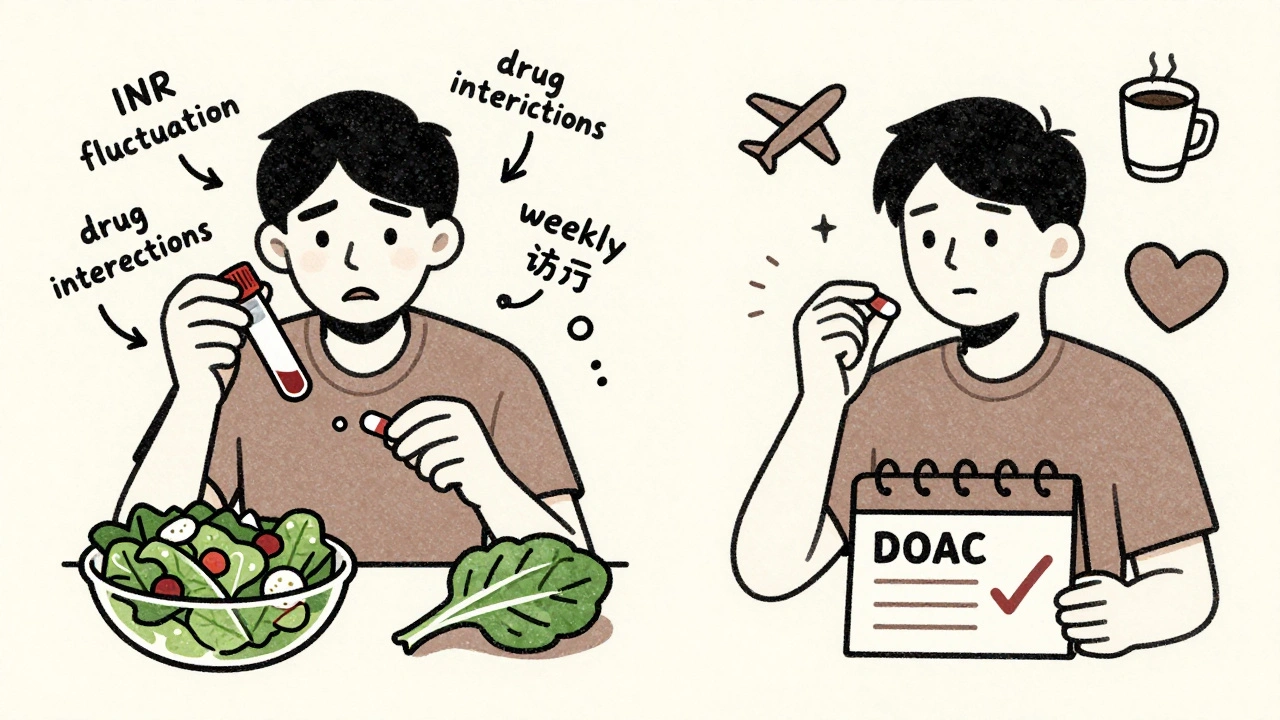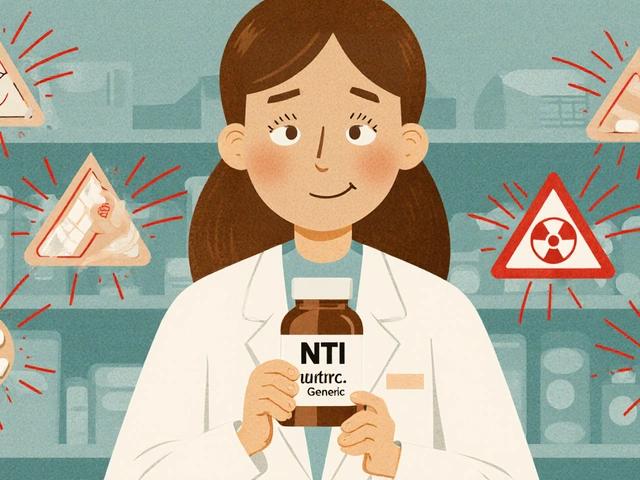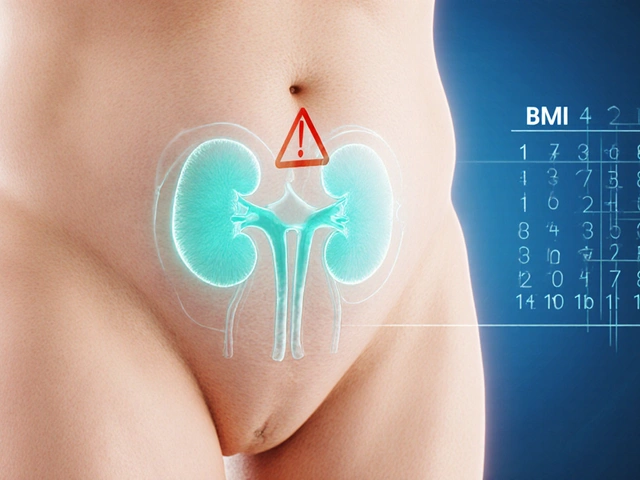Blood Thinners – How They Work, When to Use Them & Ways to Save Money
If your doctor mentioned a “blood thinner,” you’re probably wondering what it actually does. In plain terms, a blood thinner is a drug that keeps your blood from clotting too fast. That helps prevent dangerous clots that can cause strokes, heart attacks, or leg pain.
Common Blood Thinners and Their Main Uses
There are two families you’ll hear about: anticoagulants and antiplatelet agents. Anticoagulants, like warfarin, apixaban (Eliquis), and rivaroxaban (Xarelto), block the clotting cascade. Antiplatelets, such as aspirin and clopidogrel (Plavix), stop platelets from sticking together.
Doctors usually prescribe them for conditions like atrial fibrillation, deep‑vein thrombosis (DVT), pulmonary embolism, or after certain heart surgeries. Each drug has its own dosing schedule and monitoring needs. For example, warfarin requires regular blood tests (INR) to keep the dose in a safe range, while the newer direct oral anticoagulants (DOACs) need less lab work.
Saving Money on Anticoagulants without Cutting Safety
Blood thinners can be pricey, but you don’t have to break the bank. First, check if you qualify for government schemes like Australia’s PBS. Many brand‑name anticoagulants have cheaper generic versions—look for “generic apixaban” or “generic rivaroxaban” when you shop.
Online pharmacies can also offer lower prices, but only if they’re reputable. Verify the pharmacy’s license, read customer reviews, and make sure they require a valid prescription. Avoid sites that promise “no prescription needed” – they’re risky and often illegal.
Another trick is to use mail‑order pharmacy programs through your insurance. They bulk‑ship medications and can cut the cost by 20‑30 %. If you have a high deductible, ask your pharmacist about a 90‑day supply; many insurers give a discount for larger fills.
Don’t forget to ask your doctor about dose adjustments. Sometimes a lower dose works just as well for you, especially if you’re young and have good kidney function. Any change should be done under medical supervision, but it can lower your out‑of‑pocket spend.
Finally, keep a medication list handy. Blood thinners interact with many over‑the‑counter pain relievers, antibiotics, and even certain foods (like grapefruit). Knowing these interactions helps you avoid unexpected doctor visits, which adds up to more savings.
In short, blood thinners are lifesavers when used correctly, and you can find affordable options without compromising safety. Use government programs, check for generics, shop at licensed online pharmacies, and stay on top of interactions. If you’re unsure which route is best for you, drop a comment below or start a chat with one of our experts. We’ll help you get the right drug at the right price.

Direct Oral Anticoagulants vs Warfarin: Side Effect Comparison
DOACs like apixaban and rivaroxaban are now preferred over warfarin for most patients due to lower bleeding risks and no need for frequent blood tests. But warfarin still matters for certain conditions. Learn which one is right for you.

Coumadin: Critical Facts About Warfarin, Dosage, Diet, and Management
Curious about Coumadin and how it affects daily life? This detailed guide explains how warfarin works, who needs it, key facts about monitoring, and practical lifestyle tips. You’ll find out what makes Coumadin both life-saving and tricky to manage, plus how Aussies in 2025 are navigating its challenges. Get real advice from the ground up—straight from Brisbane, with helpful tables and clear, human talk.




